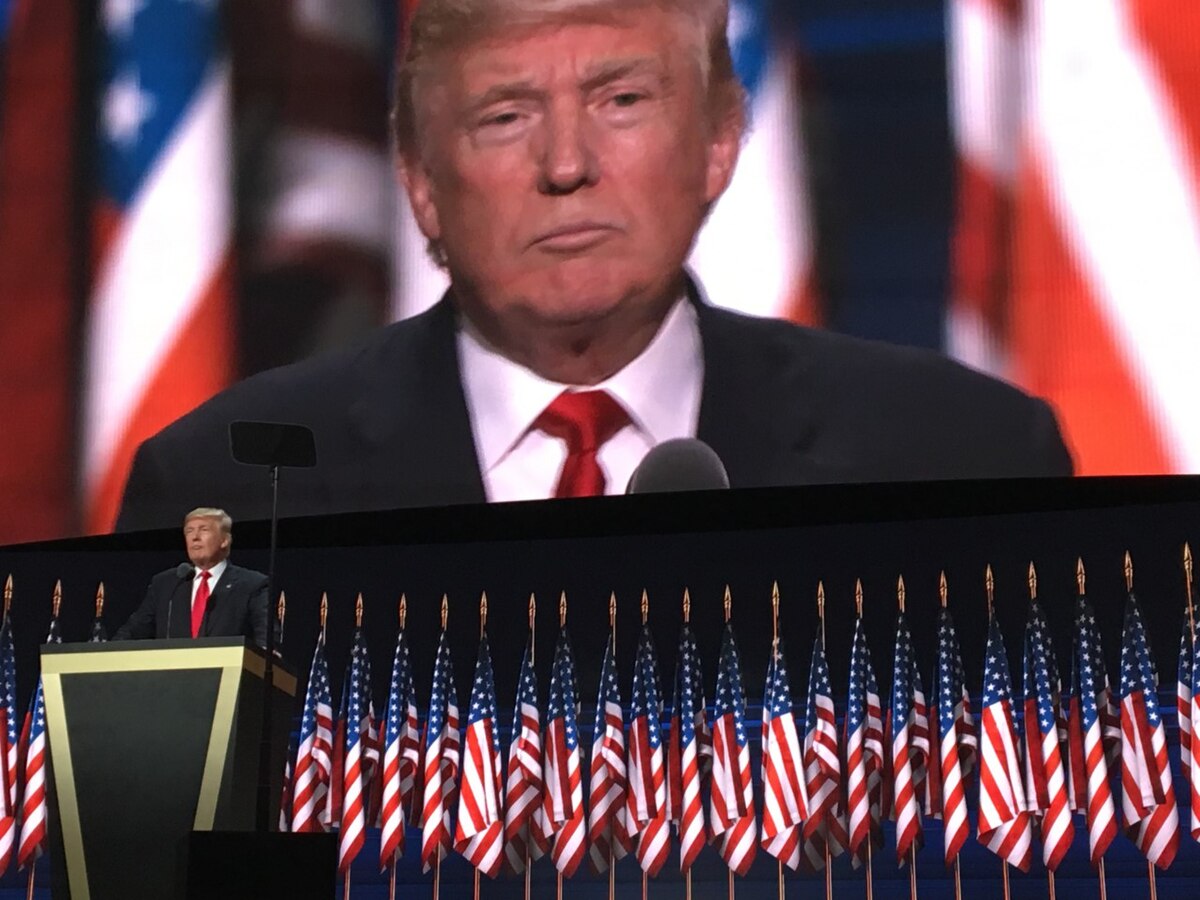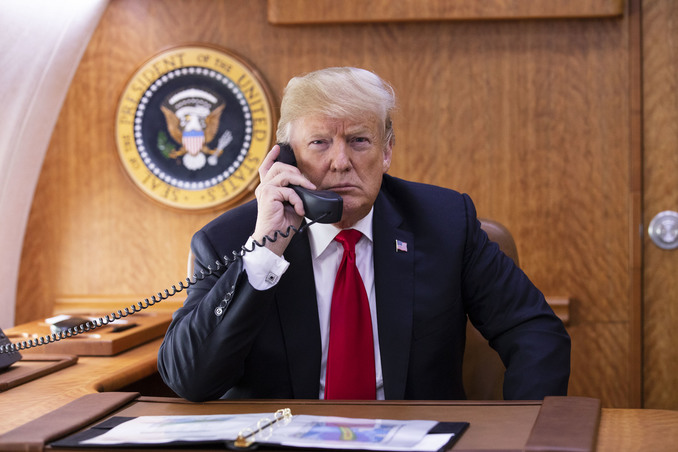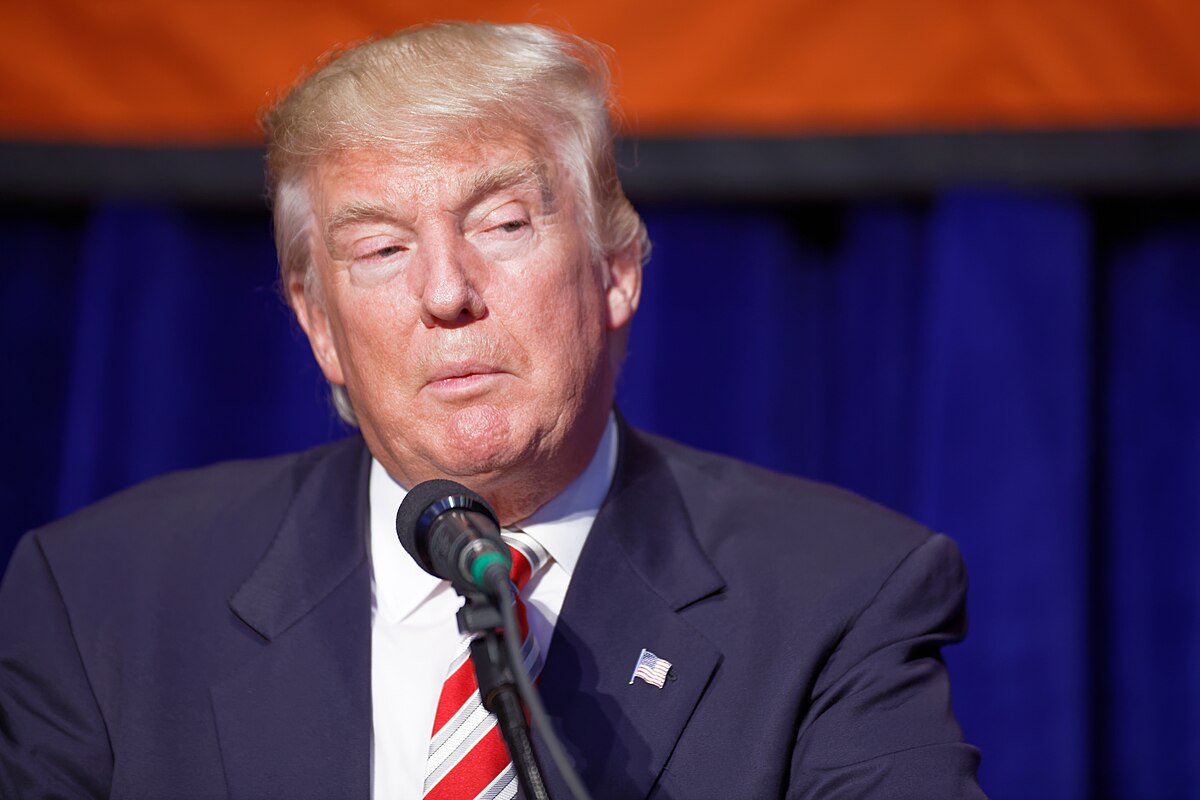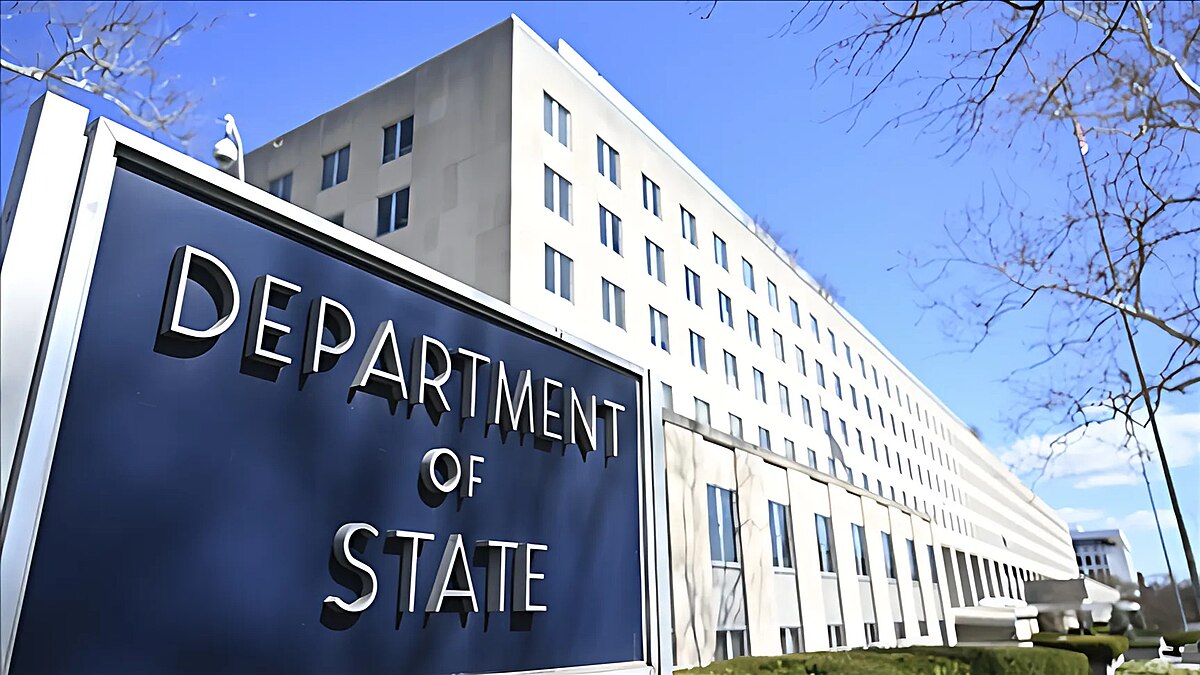- 14 3402-5578
- Rua Hygino Muzy Filho, 737, MARÍLIA - SP
- contato@latinoobservatory.org
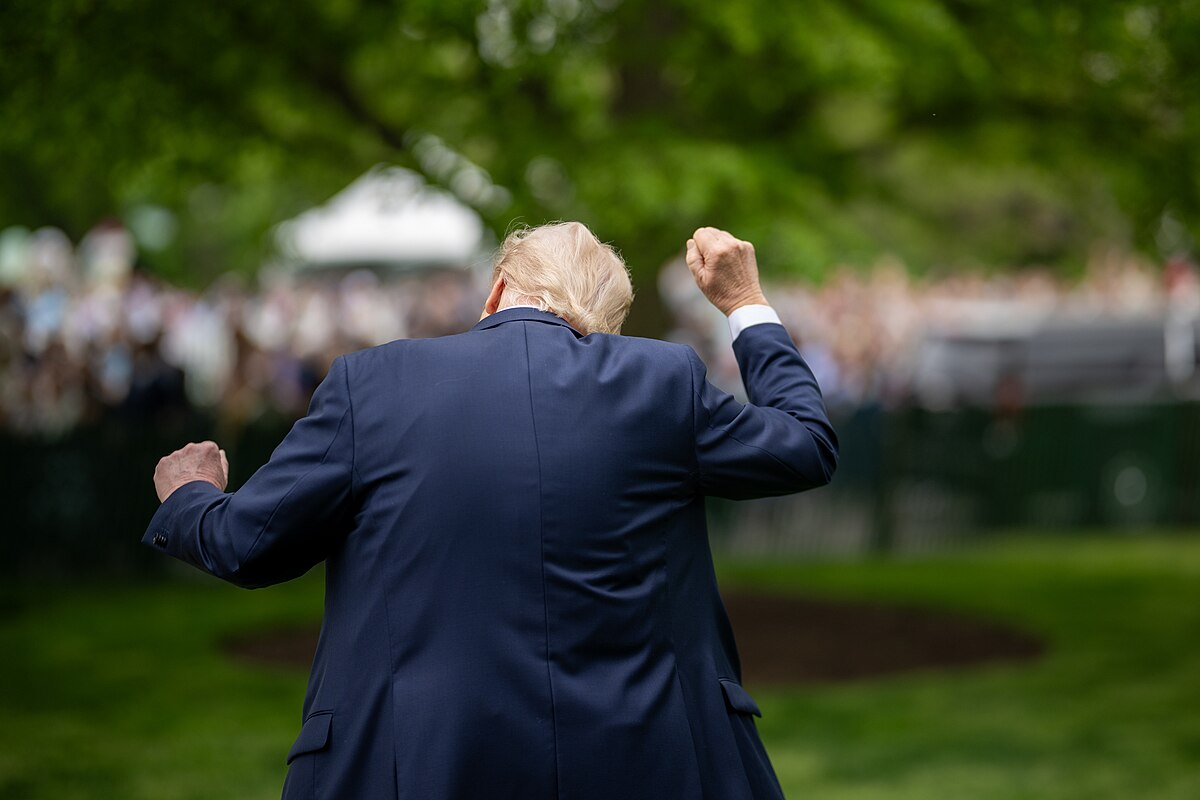 The White House
The White House
In recent years, the United States has sought to revitalize its industrial base through more ambitious public policies, such as the CHIPS and Science Act and the Inflation Reduction Act, focused on reindustrialization and technological competitiveness. However, this effort has encountered a structural challenge: the lack of qualified labor. This challenge, which is being aggravated by the policies of Donald Trump's second term, is closely linked to the increasing restrictions imposed on legal immigration and the tightening of immigration policy in the United States. Thus, the text briefly considers how such immigration restrictions directly affect the effectiveness of American industrial policy.
Donald Trump's anti-immigration rhetoric reveals a possible paradox between American economic needs and its actual policies. Since his candidacy, the president has attacked immigration and immigrants, failing to recognize one of the main problems in his country, and using xenophobic rhetoric that dismisses possible solutions. Latin American workers are seen as essential to the functioning of the American economy by many experts, occupying positions often rejected by native workers, and they have been increasingly pushed aside and expelled during the Republican president's second term.
The shortage of skilled labor faced by the United States, which since the end of the pandemic in 2022 has registered a vacancy of almost 3.5 million American workers, has become evident. This has resulted in a scenario in which the number of job openings exceeds the number of people willing to fill them, although it does not affect all employment sectors equally. This deficit has particularly affected the construction, personal care, logistics and technology sectors, which are strategic areas for implementing industrial policy. This shortage of workers further highlights the United States' dependence on foreign labor.
Hostility toward immigrants has driven qualified professionals away from the United States labor market, especially in the care and hospitality sectors. In addition, the difficulty in obtaining work visas (such as H-1B) and uncertainties regarding immigration status make the country less attractive to foreign talent. This reduces the availability of professionals with specialized technical skills and creates obstacles to the execution of industrial and technological projects, which further hinders domestic economic development plans. In the technology sector, for example, the exclusion of foreign workers threatens the innovative capacity of American companies. The shortage of engineers, programmers and technical specialists jeopardizes the objectives of expanding domestic production, especially in highly complex areas such as semiconductors, artificial intelligence and renewable energy.
By discouraging the entry of foreign workers and making it difficult for qualified professionals to remain, the United States compromises its capacity for innovation, its industrial productivity and its global competitiveness. Therefore, it is clear that the restrictive immigration policy adopted in the United States, especially under Donald Trump's second term, clashes with the strategic objectives of American industrial policy. The attempt at reindustrialization, through government initiatives, requires not only financial investments and tax incentives, but above all a base of human capital — something that, in the current scenario, can only be supplied with a coherent and functional migration policy.
